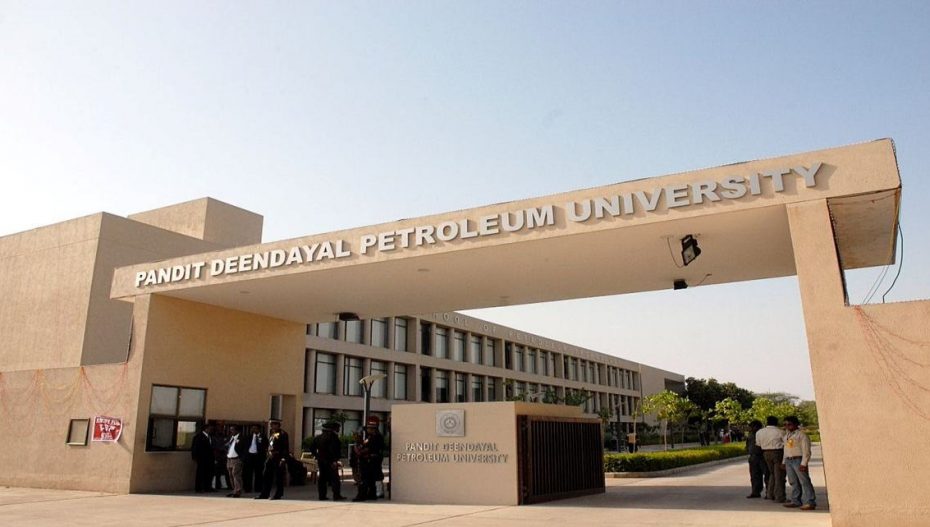A new study conducted by Pandit Deendayal Energy University (PDEU) and Isro-SAC has found that giving a push to nature, Amdavadis and the city administration can cut premature deaths by 16 percent.
During winters tiny soot particles, particulate matter (PM) 2.5, tend to linger longer in the air, posing a major health risk. Constant exposure to these particles damages our lungs, circulation systems, and hearts and may even lead to premature deaths. The study postulates that if the city’s administration and citizens collaborate to restrict PM2.5 concentrations to 40 microgram per cubic metres (g/m3) or less in their respective municipal wards, 8,715 premature deaths could be avoided in the city. The National Ambient Air Quality (NAAQ) recommendations call for such a reduction in PM2.5 levels.
The ward-level study of the two institutions pointed out that Vejalpur registered an annual PM2.5 concentration of 72 g/m3. The study said the ward has to employ mitigation efforts to reduce its pollution levels by up to 50 percent to achieve NAAQ standards. That could, in turn, reduce premature deaths within the ward by 450-500. Another example is Naroda, where the annual PM2.5 concentration was found to be 62 g/m3. This area is close to hazardous industrial clusters and if pollution levels are reduced by up to 35 percent, more than 500 premature deaths can be avoided.
The study also showed how wind direction and wind speed distribution over Ahmedabad city were causing residents of Paldi and Navrangpura wards to experience the highest concentration of PM2.5 — 80 g/m3 and a little above 76 g/m3 respectively. These figures are almost double the limit of 40 g/m3 set by NAAQ.
Other areas that experience similar concentrations of pollution include Vasna and Jamalpur whose annually averaged concentration of PM2.5 was 76 microgram per cubic meter. Bodakdev, Vejalpur, Naranpura, and Maninagar recorded a concentration of 72 microgram per cubic meter; SP Stadium ward, 71 microgram per cubic meter; and the Jodhpur ward, 70 microgram per cubic meter.
Also Read: SC To Deliver Two Separate Verdicts On Demonetisation Today












